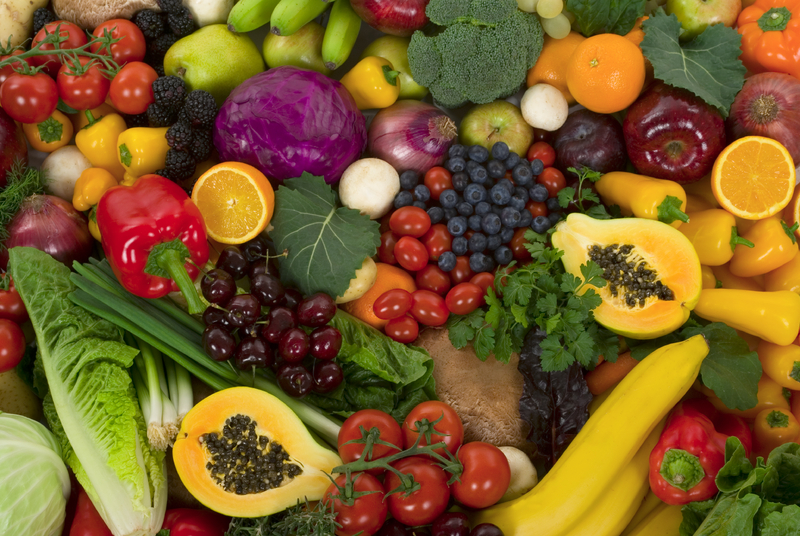Eat a lot of non-starchy vegetables, beans, and fruits such as apples, pears, peaches, and berries. Even tropical fruits like bananas, mangoes, and papayas tend to have a lower glycemic index than typical desserts.
Eat grains in the least-processed state possible: “unbroken,” such as whole-kernel bread, brown rice, and whole barley, millet, and wheat berries; or traditionally processed, such as stone-ground bread, steel-cut oats, and natural granola or muesli breakfast cereals.
Limit white potatoes and refined grain products such as white breads and white pasta to small side dishes.
Limit concentrated sweets—including high-calorie foods with a low glycemic index, such as ice cream— to occasional treats. Reduce fruit juice to no more than one cup a day. Completely eliminate sugar-sweetened drinks.
Eat a healthful type of protein at most meals, such as beans, fish, or skinless chicken.
Choose foods with healthful fats, such as olive oil, nuts (almonds, walnuts, pecans), and avocados. Limit saturated fats from dairy and other animal products. Completely eliminate partially hydrogenated fats (trans fats), which are in fast food and many packaged foods.
Have three meals and one or two snacks each day, and don’t skip breakfast.
Eat slowly and stop when full.
+91 7397267678 docvjbu@gmail.com




No Comments